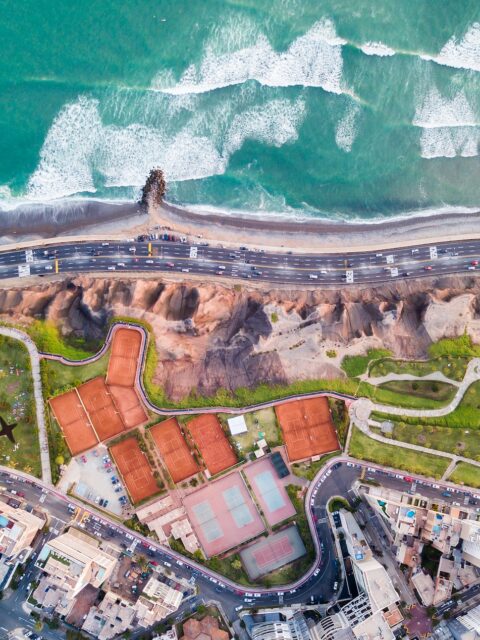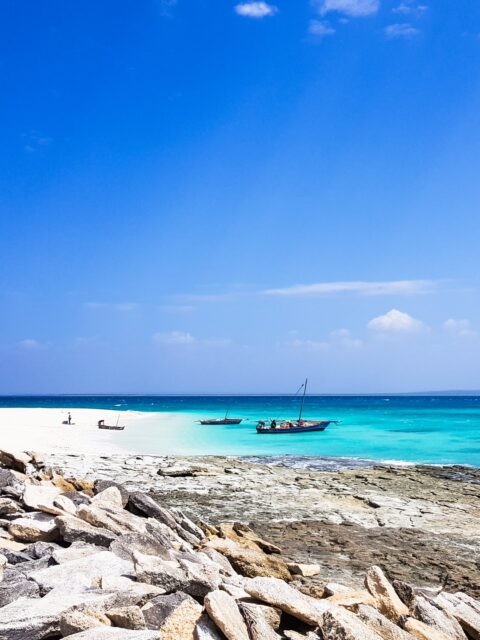You decided to start planning your travels but not sure how to create your travel itinerary? Look no further! We created a step-by-step guide with questions that would help you choose your destinations and create your itinerary.
When should you start choosing your destinations?
Ideally, 6-12 months before you start traveling.
What do you need?
A pen and paper.

What kind of travel you want to do
The first thing to consider when you create your travel itinerary is the style of travel you want to take. Do you want to have time to explore the cultures? Do you want to check-off as many places as possible? Do you want to have a combination of both?
Write down your dream destinations
I am sure you have some destinations in mind that you want to visit. Write them down.
However, if you don’t know for sure, try to answer the following questions:

Add more information to your list
You should now include the place, city, country, and continent to each point on your list. This will help you figure out how to spread out your travel itinerary is.
How long do you want to travel?
Depending on your answer, you should now be able to start cutting off items on your list.
For instance, if you want to travel for 6 months and you have one country on each continent, well, that is possible but it will be quite expensive. Do you really want to take your time to explore each place? Then maybe you should consider places that are relatively close to each other so that you can travel on the ground.
Related: How to create your travel budget
Check important information on each place
What qualifies as important information when you choose your destinations?
- Weather conditions. This will help you with your packing list as well, and it is recommended to travel within places with similar temperatures. But if you want to visit Bali and Bolivia, while Bali is nice and warm almost all-year-round, Bolivia can get quite cold during the months of July and August.
- Visa requirements. It is very important to know what are the entry requirements for each country so that you are prepared. For some countries, you can apply for a visa in advance, but for others, you will have to do it while you are traveling. Again, some countries may issue a VOA (visa on arrival), whereas others require you to physically apply at the embassy. Ensure you have all the prerequisites prior to applying.
- Immunizations. Some countries may require proof of vaccination against different diseases. It is still very useful for you to check out the health risks for each place you want to visit and be prepared for it.
Your preferred mean of transportation
Finally, it is important to know what means of transportation are you most comfortable with. Are you happy to fly or do you prefer ground transportation? Now you should check out if there are flights, busses, or trains from one point to another and the duration of each trip.
Doing this exercise will help you narrow down your list even more. However, by doing this you may also decide to stop to a few other places along the way. Research those too.
We use Rome2Rio website when we create our itinerary as it gives plenty of available transportation options.

Your travel itinerary is ready
You now have a starting point in your travel plans. You should now have a pretty good itinerary for your travels. Make sure you leave some space for flexibility though, sometimes it is very useful.
Did this help you choose your destinations and create your itinerary? Read more about planning your trip: how to choose your travel insurance and which travel insurance companies cover for coronavirus.
* Affiliate Disclaimer: Some of the links in our articles are affiliate links. This means that if you click on the link and make a purchase, we may earn a commission at no additional cost to you. We only recommend products and services that we believe in and that we think will be useful for our readers.










